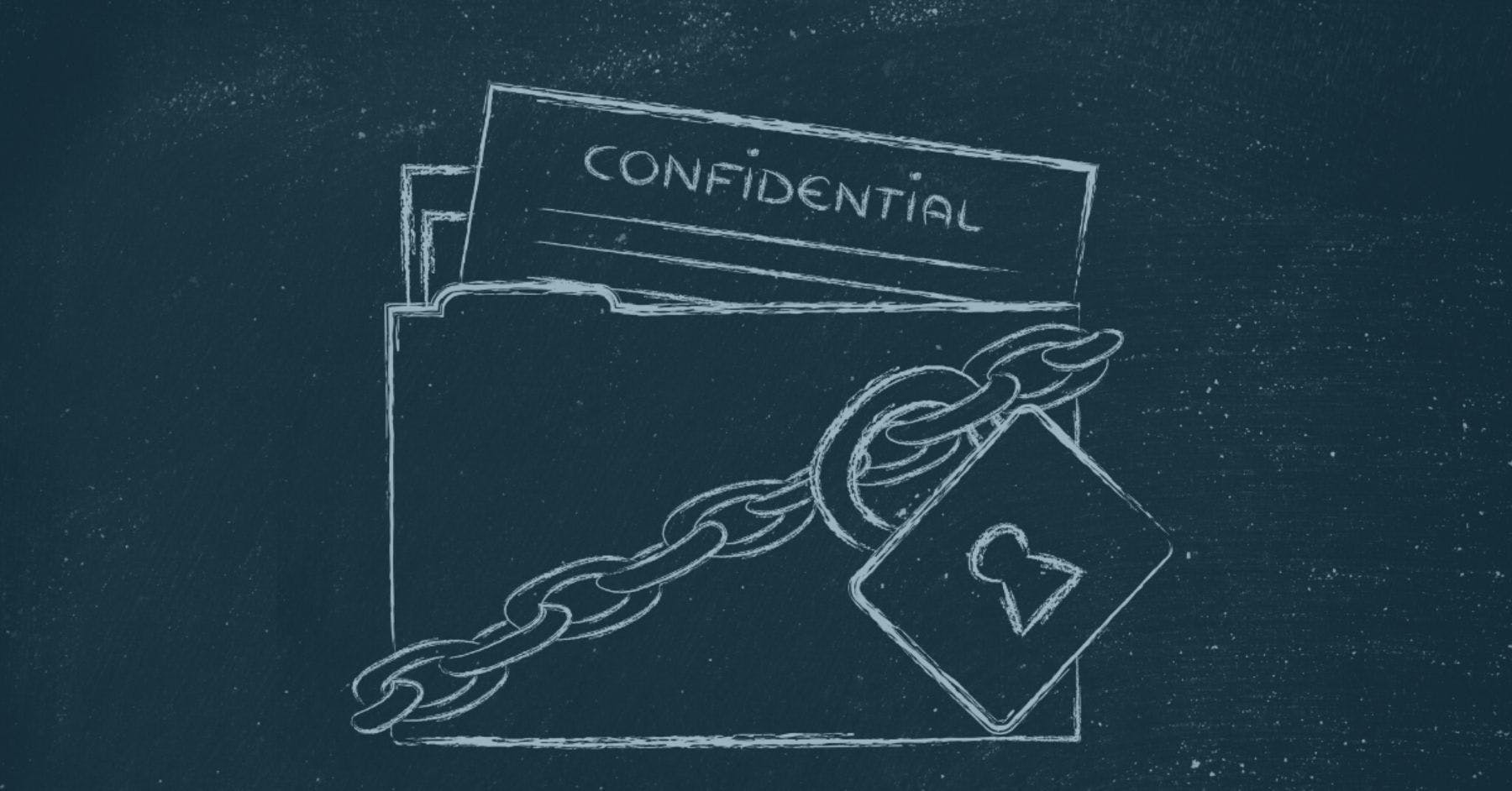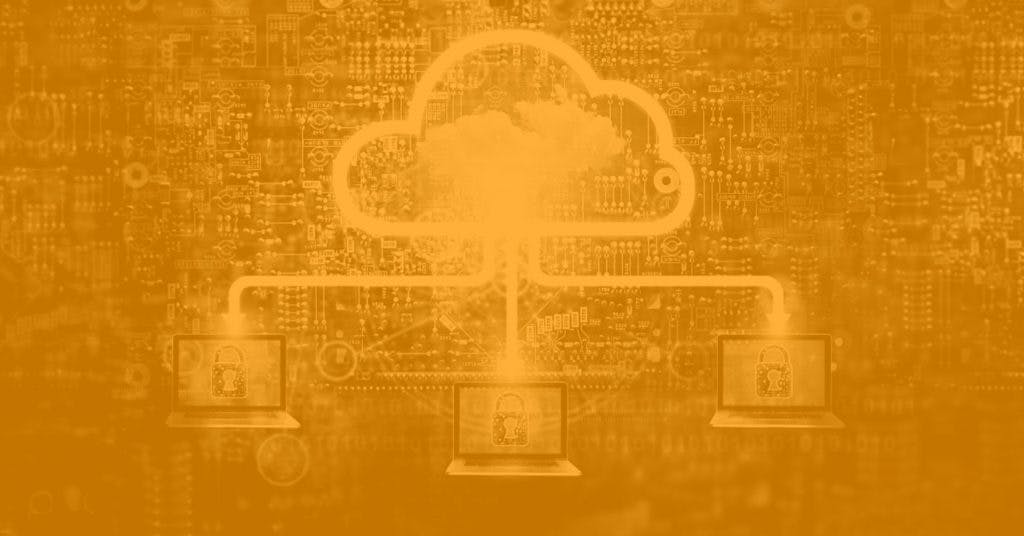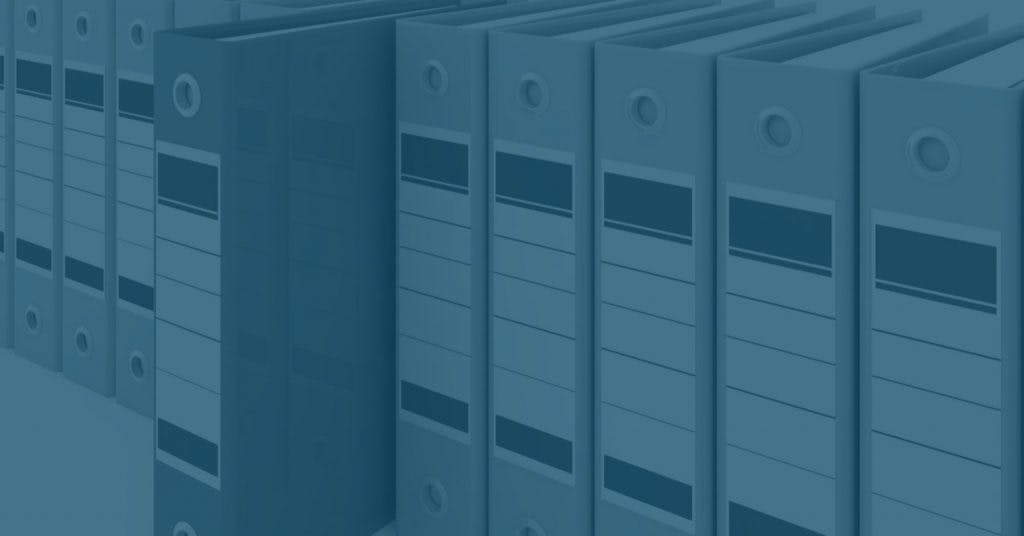Two parties meet in a room, each side represented by an attorney. Attorneys pass documents back and forth. Clients sign them. Everything is encapsulated within this singular room: private, efficient, and easy. Documents are laid out on a table, viewable to everyone. And no one needs to worry about anyone listening in.
Now, imagine this all happening digitally.
Virtual data rooms are a way to perfectly emulate the experience of a real life meeting in digital space. They go beyond standard tele-conferencing solutions by ensuring that everyone involved is able to collaborate with each other as though they were meeting in real life. Today, people are more frequently using a digital workspace than ever before. The need for a private, reliable, and manageable digital workspace is critical.
A World Within a Digital Workspace
Consider all the applications for a digital workspace. Every industry can see the benefits of being able to move everything into an online world, and being able to quickly and easily adapt to that world. Virtual data rooms can be used for:
- University. A university conducts a dissertation defense entirely online. The dissertation candidate is able to easily share their information with faculty members. Faculty members are able to connect from wherever they are, even if they are currently conducting research out of the state (or out of the country). As questions are asked, they can be answered through a combination of explanation and screen-sharing. Dissertation candidate and faculty members never need to be in the same room.
- Pharmaceuticals. A pharmaceuticals company is able to deliver its quarterly reports in a secure, safe environment. The CFO is able to outline the accomplishments of the pharmaceutical company, and its new products, from another country, while the rest of the C-suite is able to watch knowing that the data is completely secure. Intellectual property can be discussed without the fear of the information being compromised. Quarterly reports are given out without fear that the company’s stock may be impacted.
- Healthcare. A patient needs to discuss a care plan with their physicians. Multiple physicians are able to meet with the patient in a digital room, without the patient having to travel, and without the physicians needing to be in the same state. Through the digital workspace, the patient is able to review their own electronic health records, and all physicians are able to combine their information and collaborate. The patient is able to be educated on their own treatment plan, and able to weigh in on their options.
It’s easy to imagine a world in which a virtual data room is the major feature of any remote working environment. It replicates all the important aspects about meeting in place, without the requirement of actually being in the same geographic space.
But today, people are used to working digitally with an assortment of cobbled together tools. They will chat in Zoom, trade files through email, and then open up a text chat in MS Teams. They will use a variety of tools not only because they need different functionality, but because of the software that their clients and vendors have.
With each additional solution, complexity increases. It becomes harder for employees to work and it becomes more difficult for clients to manage. Even worse, security issues continuously grow. There is a pressing need for a single, consolidated space, through which everyone can meet.
Ease-of-Access: Just Walk through the Door Into Your Virtual Data Rooms
No employee wants to have to load multiple apps to communicate with colleagues and clients. Yet this is often the case, because a single solution isn’t always able to give the company all the features it needs.
Employees may hesitate to use “virtual data rooms” because it’s just too complicated. They have to load a video chat program, send files through email, and then try to describe their screens to each other. With this mish-mash of technology, they are unable to easily communicate, and miscommunications can abound. If they are not able to easily communicate, they may also resort to unapproved third-party solutions, which aren’t always secure.
Making sure that virtual data rooms are useful and usable is critical. The easier these rooms are to use, the more likely employees will be to use them.
Three out of the top four apps employees use are about communication. But what if communication could happen in a single digital room?
SmartFile’s Virtual Data Room is that solution. It’s as easy to use as walking through a physical door, making an online conference as easy to launch as an in-person conference. By eliminating barriers to entry, companies are able to strongly encourage their employees to communicate and connect.
Employees are able to load their digital room and immediately be able to interact with each other on equal footing, view files as needed, and speak one-on-one. Altogether, this means that employees are less likely to shy away from communicating with each other, and more likely to gain something effective from their communications.
Security: Protect Personally Identifiable, Confidential Information and Intellectual Property
Go back to that physical conference room. Security in a physical room is extremely easy. You can see if anyone walks in. But with a digital room, it’s far less obvious. Anyone, from anyone in the world, can be trying to access your data online. And you can’t always see how secure your colleagues are being.
One thing that holds people back from using digital meeting rooms is a concern about security. Because security is difficult for employees to internalize, it can be difficult for an organization to feel safe with them in charge of their own personal security.
Employers may worry that employees are connecting to servers from public WiFi in cafes, or that they have people in the same room with them as confidential information is discussed. Employers may worry that employees could share their password with others, or simply lose their phone. these are problems that have to be addressed through better technology.
Slack, MS Teams, Skype, and other similar programs are often used to improve upon security. But there’s a reason why employees often turn to less than secure applications, such as Zoom—because they are faster and easier to use. While employers are primarily concerned about security, employees are often concerned about getting the job done. They want a solution that is going to be fast and effective.
SmartFile’s Virtual Data Room provides both security and efficiency. Employees will want to use it because it’s fast and convenient, while companies are aware that their data is secure. Data is able to be secured on multiple levels:
- Data is encrypted while it’s being sent and while it’s stored.
- File permissions are used to protect access to the data.
- Data is backed up, so it cannot be lost or overwritten.
Data issues can cause a company to come grinding to a halt, because companies today rely upon their data for everything. By protecting data, SmartFile allows companies to concentrate on their collaboration. And the data security provided is seamless. No one needs to worry about the protection, because it happens automatically through the platform. Companies simply need to manage their file permissions effectively, and employees need to be aware of general best practices regarding their accounts.
Document Management: As Easy as Sheets of Paper
There are few things as easy to manage as a stack of papers. Even though they may seem cumbersome and outdated, think about it: Scanning through papers is simple and direct. You can’t just “find” or “find and replace” a keyword, but you can shuffle through the entirety of the document. You can hand a document directly to someone. You can look at a document with someone looking over your shoulder. It’s a simple architecture, and it’s something that most people are used to.
Then, you go to the online world, and it’s far more complicated. Files need to be sent individually through email. They need to be downloaded. Multiple copies of files end up circulating among employees. Employees accidentally delete or edit shared folders. All of it becomes complete chaos, because no one is sitting in the same room together, looking at the same files.
The virtual data room is superior. With a virtual data room, data is placed within the room just as though they were file folders on a table. Everyone is able to view the same documents, and the documents are stored so that they cannot be accidentally deleted or overwritten. Employees are able to easily collaborate and communicate with each other, because they are in a shared environment.
Virtual Data Rooms with SmartFile
SmartFile’s Virtual Data Room (VDR) system includes all the features that an organization needs for the purposes of ease-of-access, security, and document management. Rather than having to manage multiple systems, companies can instead have a single, consolidated system for their virtual meetings and file-sharing.
Here are some of the key features of SmartFile:
- Control access through granular user roles and file permissions. The fewer permissions users have, the less devastating it will be if their accounts are compromised. Since you can’t control everything about your users, controlling access is far more important. When important documents are gated behind restrictive file permissions, there’s reduced likelihood that they might be accessed by someone malicious.
- Tailor the system to your infrastructure with multiple deployment options. Cloud and on-premise options mean that SmartFile can be used with any system infrastructure. Organizations can take advantage of the advanced resources provided by the cloud, or they can choose to rely upon secure, gated on-premise options, if they need to protect confidential information such as patient data or intellectual property.
- Secure, bulk file uploads through SFTP, FTPS, and FTPES. SmartFile uses best-in-class security and encryption technology, to ensure that files that are uploaded to SmartFile are protected even during the process of transmission. Files can be uploaded in bulk to improve upon collaboration and communication, while all the files within the virtual data room are still protected from intrusion.
- Manage documents with unlimited file sizes and email notifications. Unlimited file sizes mean even exceptionally large files can be traded back and forth, as needed, and email notifications mean that a document is never missed. Together, this creates a more flexible platform than many other virtual data systems. Other virtual data systems have limitations as to file sizes, and aren’t always able to integrate with notification systems.
- Prevent compromise with connection type restrictions. When people are working remotely, you can’t always control where they’re connecting. But SmartFile prevents compromise by restricting connection types. Users aren’t going to be able to connect with connections that aren’t secure, so you can ensure that data isn’t being snooped on while it’s being transferred back and forth.
- Backup data securely to SmartFile’s public cloud. When organizations rely upon data systems, one of the major concerns is whether data can be protected. SmartFile’s public cloud enables automatic backups, so data is never lost. And that means that if the organization is struck by an issue such as “ransomware,” it will still be protected, because all the data can simply be re-deployed from backups.
- Protect medical data through HIPAA compliance. HIPAA compliance is extraordinarily important for any healthcare system today. Organizations are able to protect their medical data through SmartFile’s HIPAA compliance, and organizations outside of the health industry can rest assured that SmartFile does meet security measures necessary to keep data confidential and protected.
Virtual data rooms are going to become an important aspect of many organizations. The more privacy and collaboration is necessary for an organization, the more critical virtual data rooms will be.
SmartFile provides complete and secure file sharing and transfer solutions for businesses and enterprises.


